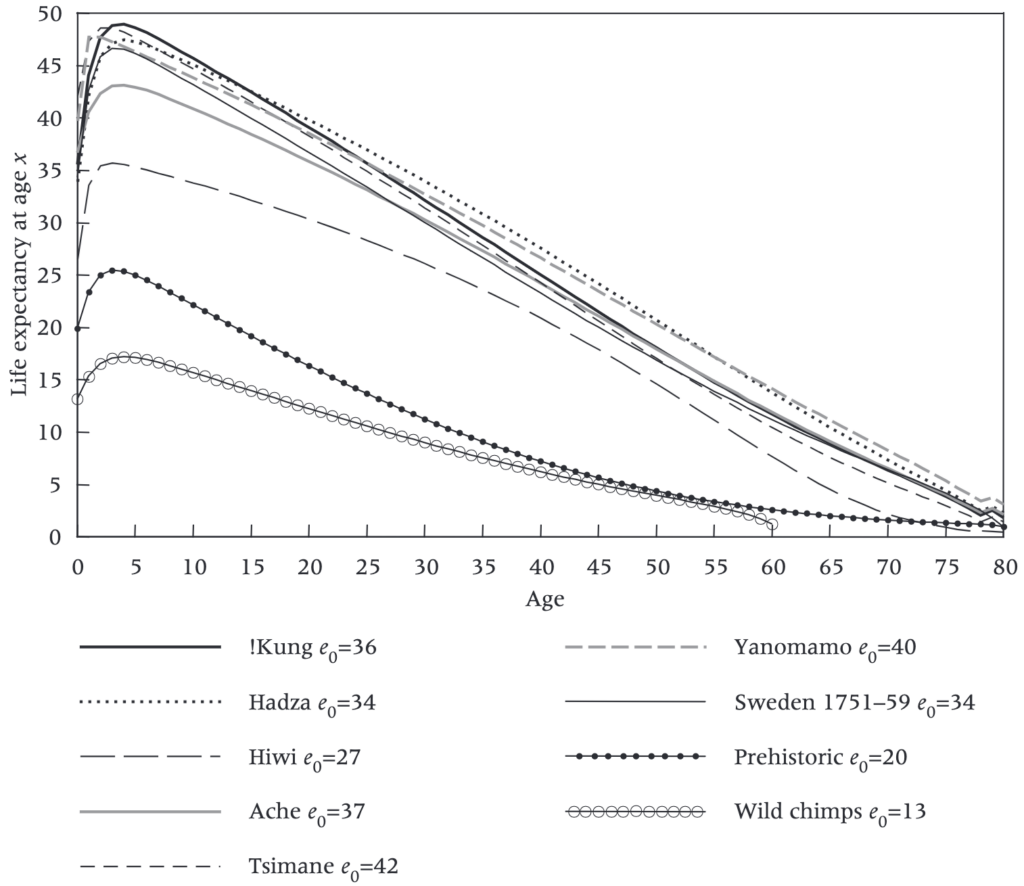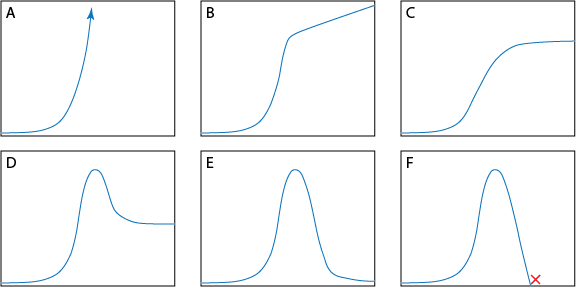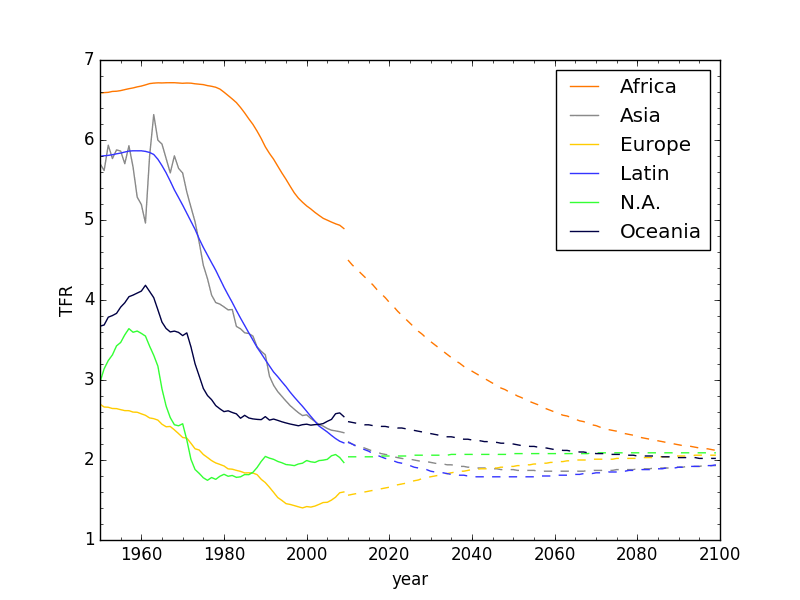
Daniel Quinn returned to the theme that “food makes babies” so often in his writings that it would seem he was continually dissatisfied either with the clarity of his case, or with objections people had, or both. I get it. I often return over and over to the same thorny themes, each time thinking I’ll finally nail it. The exercise is as much for improving internal clarity as anything.
Many of the comments following my coverage of Daniel Quinn’s Ishmael focused on the food–baby issue. The more recent post on The Story of B dwells on the topic as well, so I figured it would be worth dedicating a post to the matter, trying to covering all the angles.
The statement that increasing food production leads to increases in population touches a nerve for some people, which is what makes it a valuable topic to explore. For some, the statement seems to be an affront to their notion of control. It implies that humans are “no more than” animals, which takes direct aim at our most prized mythology: human supremacism—relating to Ishmael’s second dirty trick: that we “evolved from the slime”—barely tolerated by modernists, but only in a narrow technical sense.
Now, the objections are not without demonstrable legitimacy. In this post, I will start with the basics, point out key objections, then see what we can make of it.
Continue readingViews: 2725








